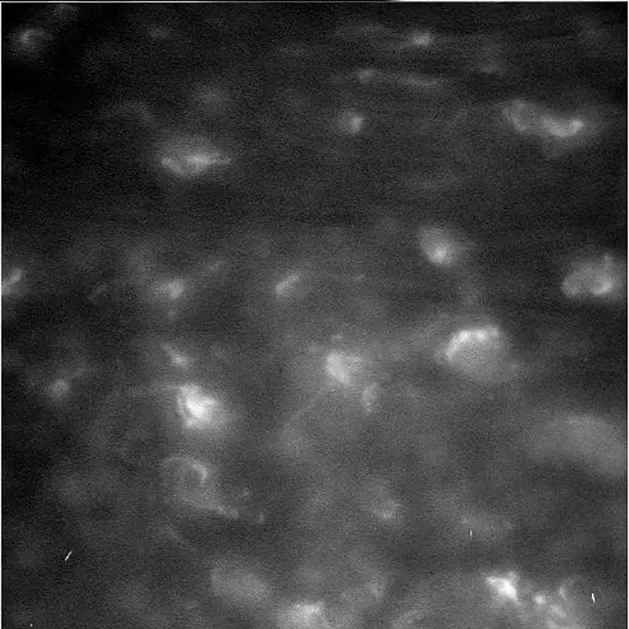It sounds like the premise for a science fiction novel, but Saturn could have a long-lost moon.
The moon, named Chrysalis by researchers, may have broken apart 160 million years ago to create Saturn's rings.
"Just like a butterfly’s chrysalis, this satellite was long-dormant and suddenly became active, and the rings emerged," says Jack Wisdom from MIT, who led the study.

The origin of Saturn’s rings has been a long-standing question in planetary science.
Over the last decade, there has been mounting evidence that the rings are a lot younger than the planet and have potentially only existed for 100 million years or so.
The reason we can see them so well from Earth - in fact, Saturn's rings are the only planet's we can see through a telescope - is because the planet is at a 26.7° angle.
This tilt is thought to be due to a gravitational tug-of-war between Saturn and its neighbour Neptune, called a resonance.
To be sure, however, requires knowing how Saturn’s mass is distributed – something that the planet’s rings make very difficult to measure.

It was only when NASA’s Cassini spacecraft flew between the rings and the planet during its Grand Finale in 2017 that the measurement could be taken.
With this in hand, researchers soon realised that Saturn was in reality just outside a resonance with Neptune – as if they had previously been in sync but were no longer.
Wisdom’s team set out to find what could have pushed the two out of step, first suspecting one of Saturn’s 83 moons.
Computer simulations showed this wasn’t the case, but did reveal that removing a moon changed Saturn’s tilt.
They then began investigating to see the effect of a lost moon, which was how they discovered Chrysalis.

Initially about the size of Iapetus, Saturn’s current third-largest moon, Chrysalis would have become gravitationally unstable around 100 to 200 million years ago.
Once it strayed too close to Saturn, the planet’s gravity would rip the moon apart, creating icy debris that went on to form the rings.
"It’s a pretty good story, but like any other result it will have to be examined by others," says Wisdom.
"But it seems that this lost satellite was just a chrysalis waiting to have its instability."
